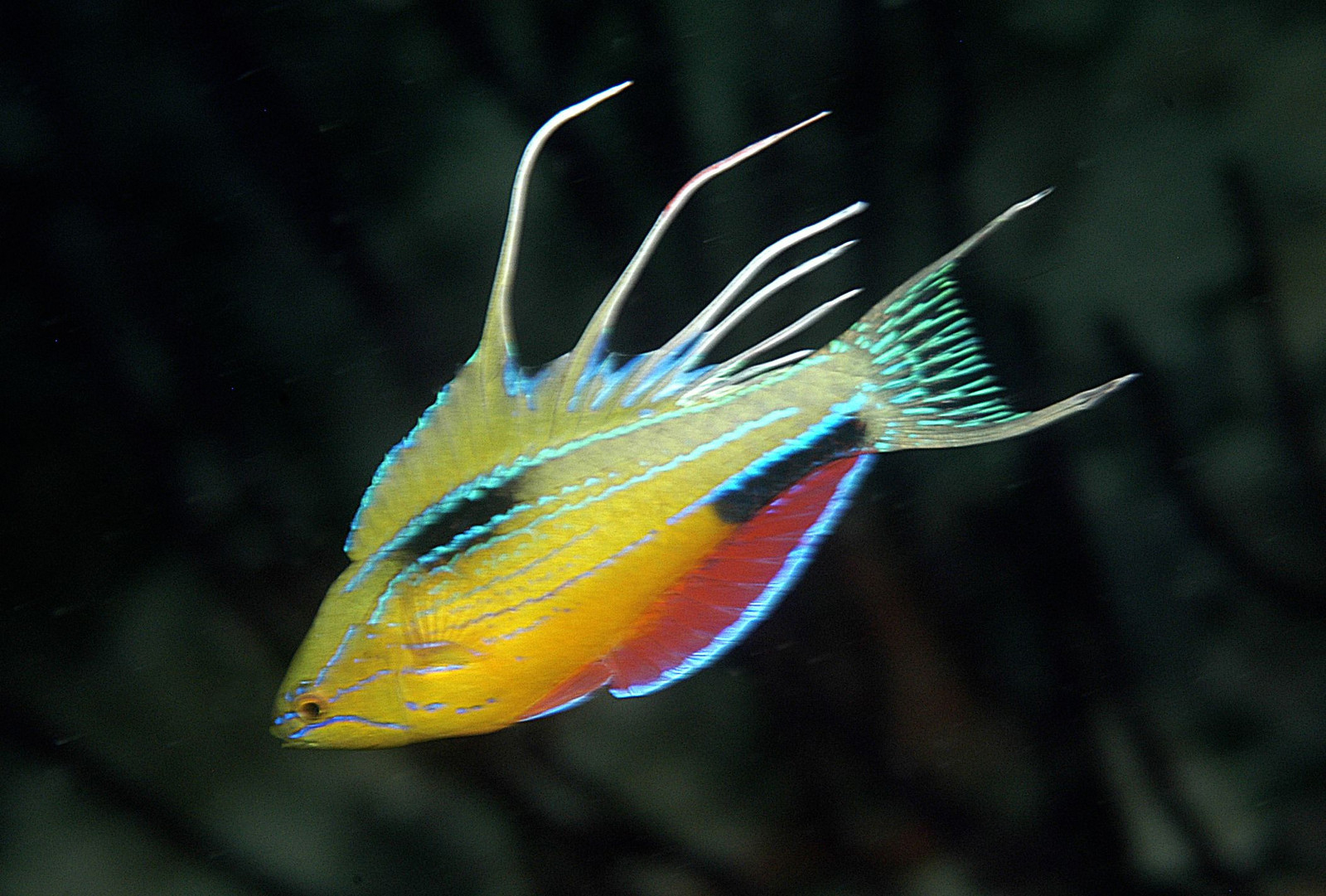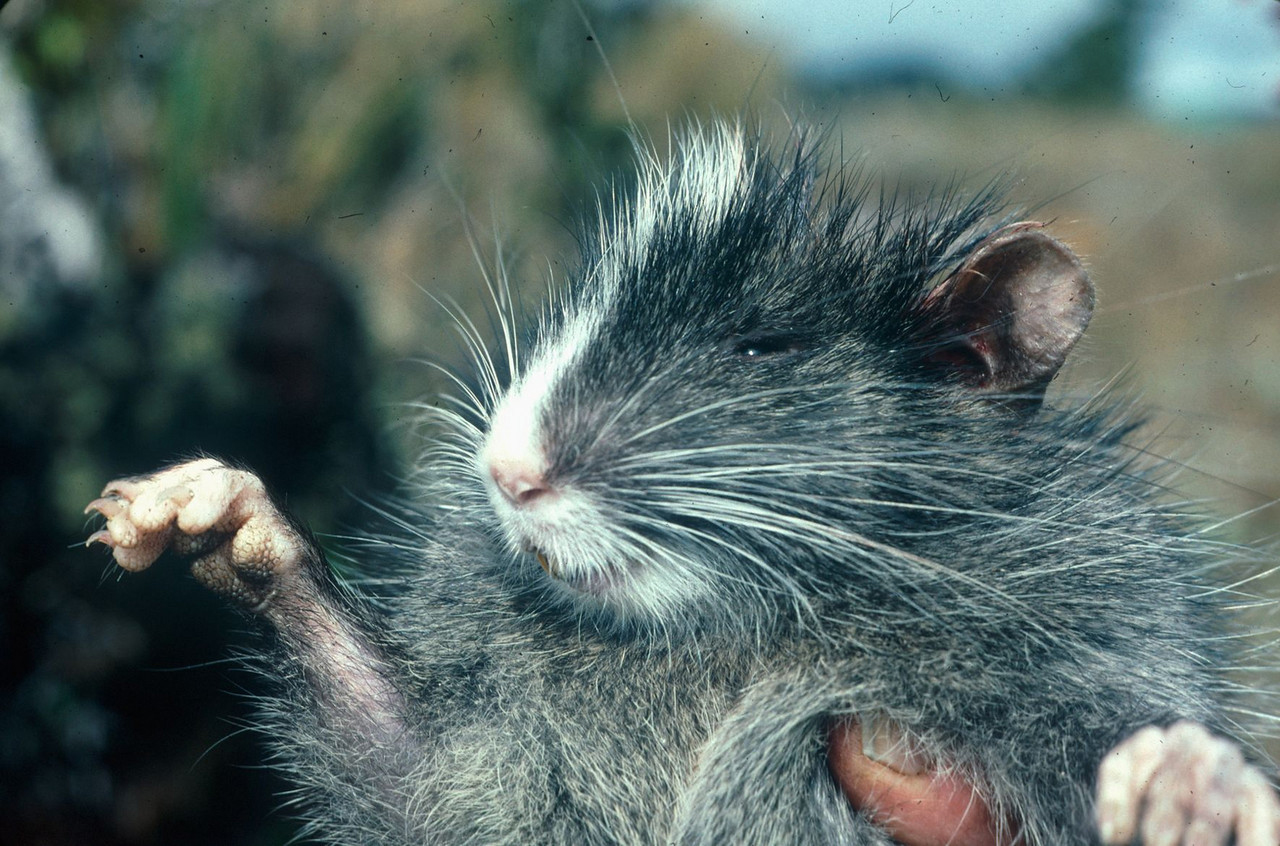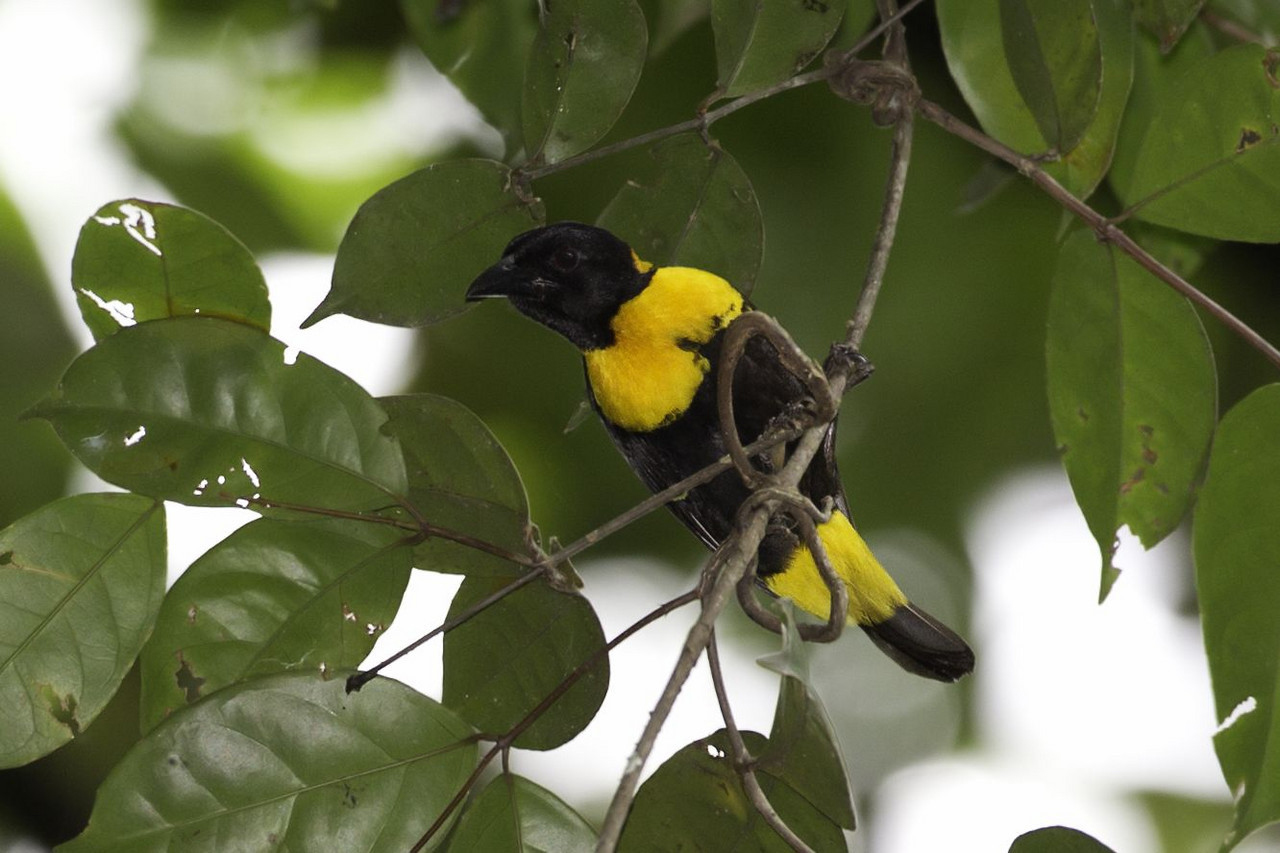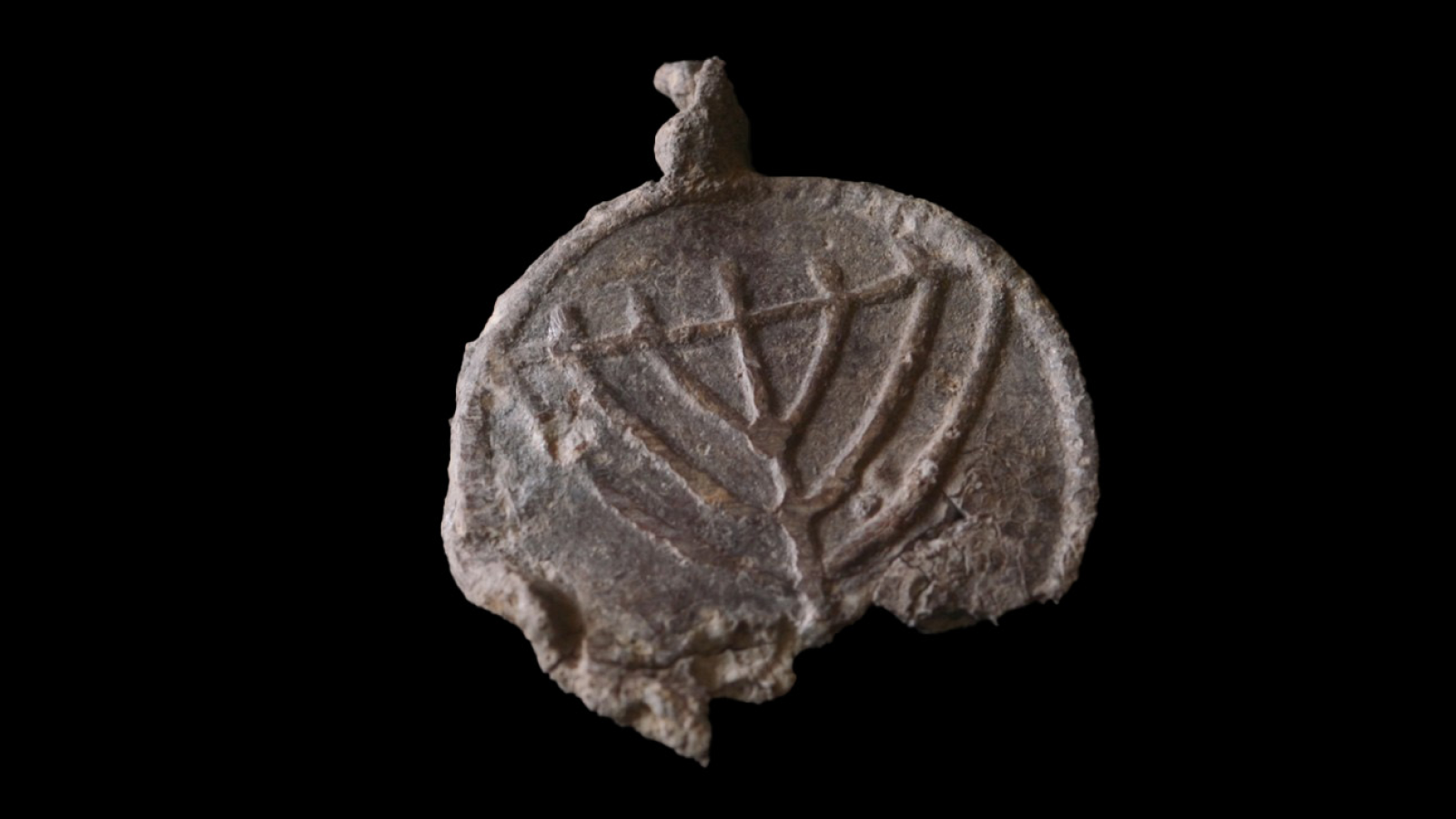'Pinocchio Frog,' 'Yoda Bat' Top Amazing Creatures List

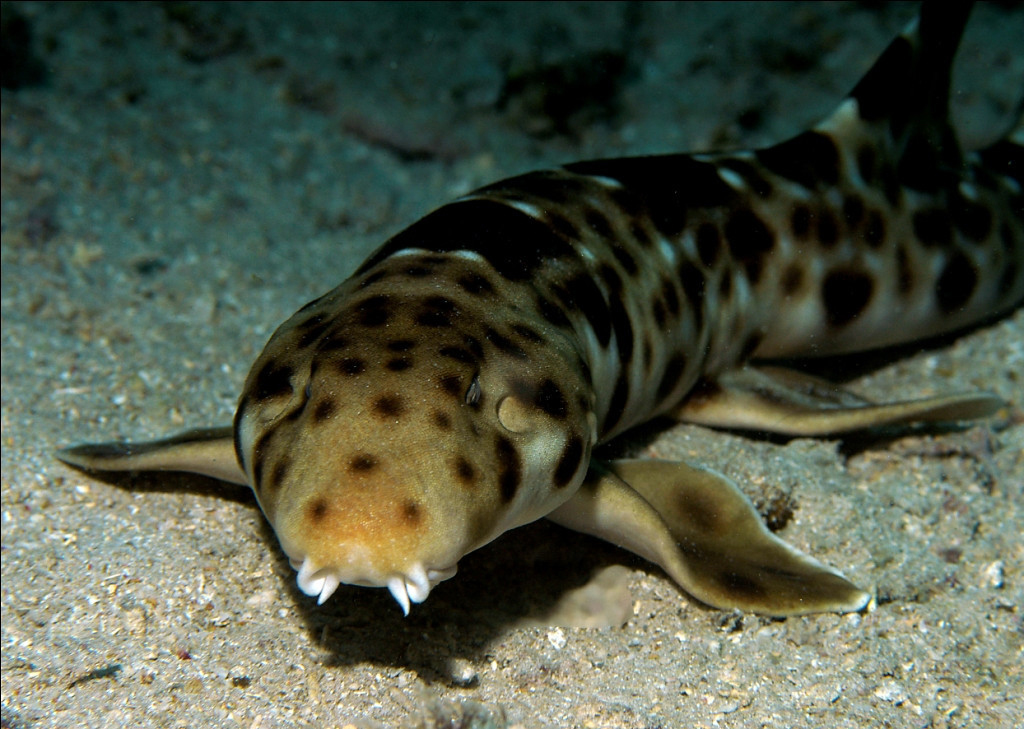
To celebrate 20 years of field work, a conservation group has named their 20 biggest "RAP stars."
But don't look for Kanye West or Jay-Z on the list. Instead, the list isfilled with amazing critters found through work in some of the least-known wildernesses on Earth, during what is called the Rapid Assessment Program (or RAP).
The program has helped communities, businesses and nations make smarter development decisions about land and water use to better preserve the habitat of unique species, said the group, Conservation International, in a statement on April 13.
The group's "RAP stars" include some of the most surprising, unique, or threatened discoveries of the teams' surveys. The stars include poster species that have captured the public's and media's imagination with popular nicknames such as the "Pinocchio frog," the "Yoda bat," the "Walking shark" and the "ET salamander."
The list was selected from the 1,300 new or rarely seen species that RAP surveys have observed over the past two decades. These discoveries are highlighted in the new book "Still Counting…" (University of Chicago Press, 2011). The book is part memoir, part historical report, part methodology guide, and features more than 400 color photographs of rare and exciting species from around the globe.
"It's been an amazing adventure," said Leeanne Alonso, director of CI's Rapid Assessment Program, who has coordinated and led surveys for the past 13 years. "Despite the pressures we put on nature, it continues to mystify, inspire and teach us with a wealth of hidden treasures and ecosystem services that people rely on, and that we're still only beginning to understand."
RAP is basically "an ecological SWAT team that could accurately assess the health of an ecosystem in a fraction of the time it would normally take," said Peter Seligmann, Conservation International's founder, chief executive officer and chairman.
Get the world’s most fascinating discoveries delivered straight to your inbox.
Participating in a RAP survey is no easy feat. The most remote and difficult RAP surveys often require several days of strenuous hiking, usually up steep mountainsides through dense, wet forests.
RAP's pioneering team of four included legendary field biologists Ted Parker and Al Gentry, who lost their lives several years later during a field accident, but left an enduring scientific legacy that lives on today.
By conducting RAP surveys in places under consideration for industrial development, RAP is able to create a record of rare species that otherwise could have lived and disappeared without anyone's knowledge.
"By publicizing their existence, we dramatically increase their chances of survival," Alonso said in a statement.


